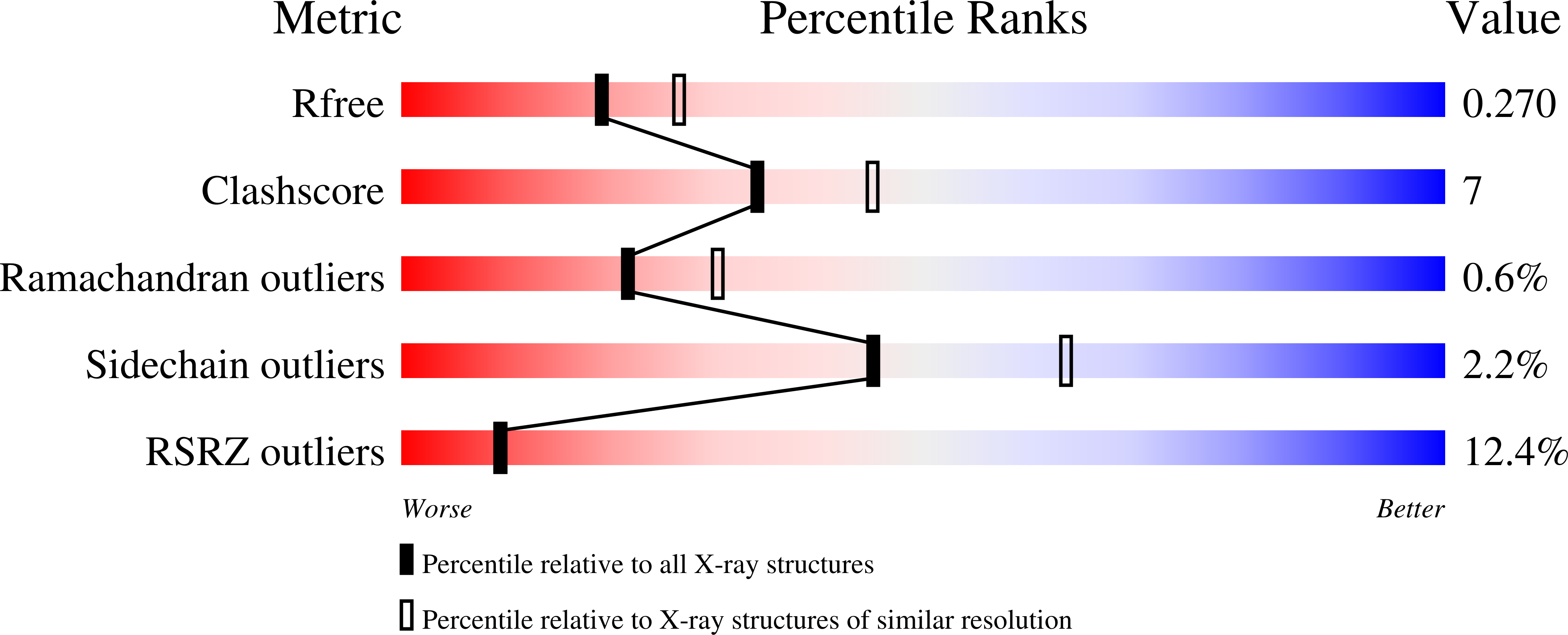
Deposition Date
2023-09-27
Release Date
2024-10-02
Last Version Date
2024-11-13
Entry Detail
PDB ID:
8QNQ
Keywords:
Title:
Structure of the toxin-antitoxin NatRT complex from Pseudomonas aeruginosa. NatTE29D mutant
Biological Source:
Source Organism:
Pseudomonas aeruginosa PAO1 (Taxon ID: 208964)
Host Organism:
Method Details:
Experimental Method:
Resolution:
2.39 Å
R-Value Free:
0.27
R-Value Work:
0.23
R-Value Observed:
0.23
Space Group:
P 1 21 1


